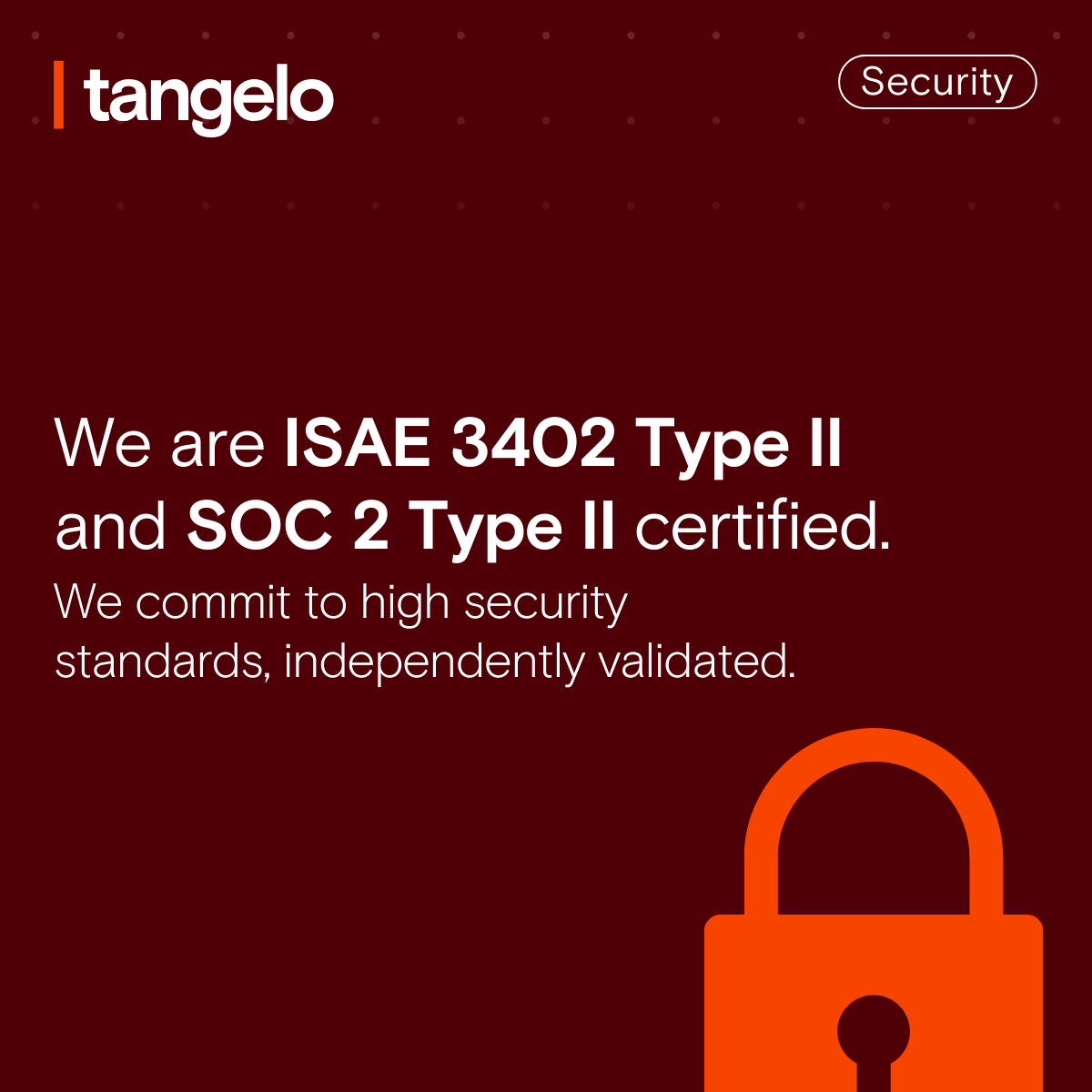How Digital Reporting Is Reshaping Corporate Reporting in ANZ

Beyond the PDF: For decades, the annual report in Australia and New Zealand has meant a polished PDF, emailed to inboxes or posted on investor relations pages. The format has served its purpose: reliable, portable, printable. But what made sense in the early 2000s no longer fully meets the needs of modern investors, analysts, and regulators.
Today, information is consumed on mobile devices, through data visualization tools, and across digital-first channels. Reports are no longer just compliance documents — they are strategic communication tools expected to engage, be easily consumed across devices, and increasingly be machine-readable for analysis and comparison.
From Static to Dynamic
One way companies are responding is by experimenting with reporting microsites. Still a minority practice in ANZ, microsites are gaining traction globally, particularly in sustainability reporting. They make content accessible, interactive, and mobile-friendly. Investors can jump straight to what matters most, filter ESG data, and explore interactive charts or video messages. Companies gain analytics on how stakeholders engage — insights a static PDF can never offer.
The Structured Data Shift
Digital reporting is not just about presentation — it’s also about data. The rise of Inline XBRL (iXBRL) in Europe and the UK has transformed annual reports into machine-readable datasets. Analysts and regulators can now compare performance across thousands of companies instantly.
In ANZ, XBRL remains voluntary and uptake is low. But momentum is building. Global investors increasingly expect structured data, and sustainability frameworks such as ISSB Standards are accelerating demand — a trend we explored in more detail here ›. Standing still risks leaving ANZ issuers behind.
Lessons from Europe
Europe’s experience shows that preparation matters. Companies that waited until ESEF became mandatory scrambled to retrofit tagging and re-design reports for digital formats. The smarter approach is to invest early in processes and tools that can produce PDFs, microsites, and XBRL outputs from a single source — avoiding last-minute disruption when mandates arrive.
A Multi-Channel Future
The future of corporate reporting in ANZ won’t be about abandoning the PDF but about going beyond it. PDFs will remain important for record-keeping, compliance, and offline reading. Microsites will take the lead for narrative and stakeholder engagement. XBRL will ensure numbers are globally comparable and machine-readable. Together, they form a digital-first reporting framework that meets the needs of regulators, investors, and a broader stakeholder audience — and ensures reports are AI-ready, so that insights from your disclosures can be discovered, analyzed, and surfaced through emerging AI tools.
The direction of travel is clear. The question for ANZ companies is not whether digital reporting will take hold, but whether they will be ready.
Latest resources
Digital Reporting, Decoded: Why it’s time to rethink what digital-first really means
Stop guessing digital reporting. Learn the real roadmap for multi-channel reports.
Vista Group achieves record-breaking turnaround with Tangelo
After implementing Tangelo, Vista, a global leader in film industry software and data analytics, achieved a record-breaking turnaround on its interim report.
